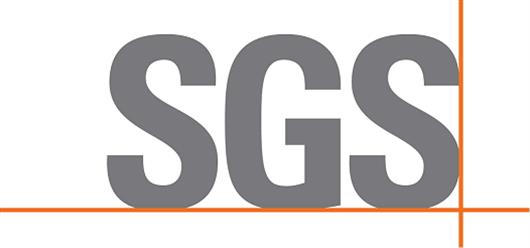 Add My Company
Add My Company
Sign In

From tumble dryers and TVs to laptops and lamps, electrical and electronic equipment (EEE) manufacturers are facing fresh challenges with maintaining the CE Mark for their products as this summer new regulations within the European Union's Restriction of Hazardous Substances Directive, or RoHS2, (2011/65/EU) come into force.
With its latest 'White Paper 'European Union RoHS2 – Understanding Requirements and Compliance Strategies', SGS reviews the aims and objectives of the Directive and explores the likely impact and consequences for E&E manufacturers.
The RoHS Directive, introduced in 2002 to contribute towards the protection of human health and the environment, now forms an important part of the foundation for supply chain compliance in the EEE industry. It has created an effective start point for the identification and removal of hazardous and/or toxic substances from EEE and, by designing these substances out of the product and focusing on the product's entire life cycle, materials can be recycled and waste restricted, to protect the environment and human health.
Originally covering six restricted substances including lead, cadmium and mercury, from July 2019 enforcement of restrictions on ten substances will be in place. Crucially, products that fail to conform to its requirements cannot display the CE Mark and are prohibited from being offered for sale in countries of the EU.
ENSURING CONFORMITY THROUGH DOC
To ensure Conformity, manufacturers must create a technical file and issue a Declaration of Conformity (DoC) which requires them to collect current DoCs from all operators in the supply chain or perform a complete assessment of the finished product.
Manufacturers can assess their products in the following ways:
Review the product and Bill of Materials (BoM) to determine the required information
Contact the supply chain to get applicable material and/or compliance information
Review and determine if the information obtained from suppliers is trustworthy and acceptable
For many manufacturers the DoC approach can be extremely labor intensive, especially if they have complex products and/or supply chains. It compels the EEE manufacturer to obtain a current DoC or statement of compliance from every supplier, from raw material providers to sub-assembly manufacturers. In addition, the manufacturer must take legal responsibility, making them accountable if supplier information is out of date or inaccurate.
A RISK-BASED APPROACH (INCL. COMPLETE TESTING OF FINISHED PRODUCT)
Commissioning a certified laboratory or testing facility to analyze the supplied material or finished product for the presence of hazardous substances, places the manufacturer in control.
Sometimes complete testing is necessary, where the product is broken down into its smallest "homogeneous" components, but in many cases, the process can be minimized by one of the following options:
Testing only the parts that would logically use a restricted substance (risk assessment)
Testing only for those substances that would likely be found in such a product, e.g. testing for phthalates in flexible plastics
A trustworthy supply chain will help with obtaining the material content, hazardous substance statuses and/or declarations. If testing is needed, the IEC 62321 series of standards can provide test methods and criteria for evaluating components and materials for restricted substances.
Download a copy of the white paper >
David Linder, RSTS Technical Manager, SGS, said: "Ensuring that products stay compliant is a time-consuming concern. This white paper highlights the ongoing challenge it places on all manufacturers. Regulations change, additional hazardous substances are being identified and suppliers may revise formulations or construction of their products at any time.
"SGS provides expert support for RoHS compliance. As the world's leading verification, testing and certification company, we specialize in partial and complete testing of finished products, and offer options for non-destructive testing."
SGS's range of services includes the only globally accepted database of RoHS certification reports – the RoHS Certificate of Conformity. With over 36 accredited RoHS testing centers around the globe, staffed by more than 1,000 RoHS specialists, SGS has the capabilities to ensure products comply with relevant RoHS legislation worldwide.
For more information on SGS PUBLISHES NEW WHITE PAPER ON COMPLIANCE STRATEGIES FOR EU’S ROHS2 DIRECTIVE talk to SGS United Kingdom Ltd
Enquire Now
More News
List your company on FindTheNeedle.